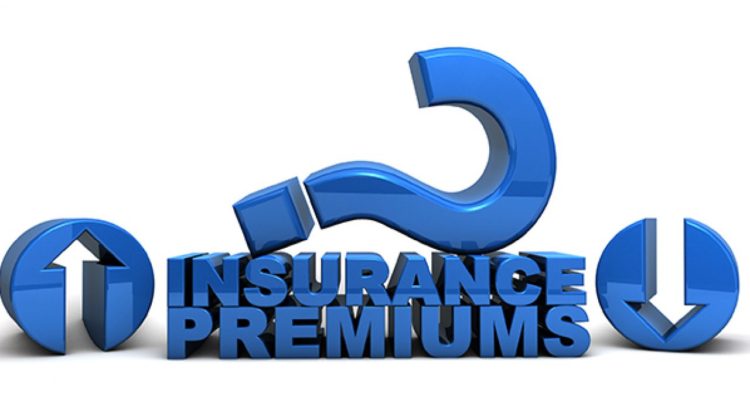If you have purchased a new two-wheeler and are looking at insurance options, then you are in the right place. Today, we are going to talk about bike insurance and discuss eight important factors that affect the premium calculation for these policies.
You can choose between a third-party liability cover and a comprehensive policy while buying bike insurance. However, regardless of the type of plan you opt for, understanding the factors that affect bike insurance premium calculation is important.
Here are eight such factors:
1. Type of bike
Every two-wheeler is priced differently due to the different features offered by it. Hence, the cost of insuring it varies too. One of the main aspects of a bike that impacts the third-party premium calculation is its cubic capacity. A two-wheeler with a higher cubic capacity attracts a higher premium.
Also, for a comprehensive insurance cover, the make and model of the bike plays a crucial role in determining the premium. So, a newer model with better features will have a higher premium price than an older model.
2. Price of the bike
Since a bike insurance policy reimburses the price of the vehicle (minus depreciation) if it undergoes a total loss, costlier bikes have higher premiums. Typically, the premium of a two-wheeler insurance policy is around two to three per cent of its market value.
3. Bike modifications
Many bike owners modify their bikes to make them look good or boost their performance. It’s not unusual to see modified bikes on the road today. However, the standard insurance policy will not cover the modified parts, and any damage to these parts can lead to financial losses. While you can insure them separately, they can lead to an increase in the premium rate of the policy.
4. Anti-theft devices
A comprehensive bike insurance policy protects you against financial losses if your bike gets stolen. While thefts are not in anyone’s control, if you have installed an anti-theft device, the insurer usually extends a discount on the premium rate. This is because such devices help secure your bike and reduce the possibility of it being stolen. It is also important to remember that before honouring your bike theft claim, the insurer will try to ascertain if the vehicle was not stolen due to your carelessness like leaving the keys in the ignition while parking. Read the policy document carefully before buying.
5. Bike riding skills
While accidents can happen due to no fault of the bike rider, if you ride carefully, then you can decrease the chances of an accident. Since accidents cause damages that can lead to insurance claims, most insurance companies pay attention to the history of claims of the owner-rider to determine the premium rates.
6. Add-ons
Comprehensive bike insurance policies allow you to include add-ons and customize the policy to suit your specific requirements. Typically, the add-ons include depreciation allowance, consumable expenses, emergency medical expenses, additional personal accident cover for the owner-rider, return to invoice, and additional third-party property damage cover, etc. Each add-on increases the premium of the policy. Hence, it is important to assess the cost of the add-on and ensure that it makes financial sense to include it in the policy.
7. No Claim Bonus Discount
Most bike owners are not aware of the discount that they can avail of if they don’t file a claim during a policy period. Insurance companies tend to reward bike owners who have not been in an accident and hence, have not filed any claims. These are good clients for the company, and they tend to receive discounts on the premium on renewal. No Claim Bonus is a cumulative discount and can go up to 50% of the premium.
8. Lapsed insurance policy
A lapsed insurance policy can cause financial losses in multiple ways. Since you are required by law to have a minimum third-party liability cover, if you get caught riding your bike without an active policy, you might have to pay a fine. Also, if you, unfortunately, meet with an accident when the policy has lapsed, then the insurer won’t honour any claims. Lastly, once the policy lapses, you have to buy a fresh one. This means that you could miss out on the NCB discount and have to pay a higher premium for the same set of features. Therefore, remember to renew your bike insurance on time to retain all the benefits and coverage.
Summing Up
The factors mentioned above can help you choose the right combination of features at the lowest possible premium rate. Most insurance companies offer a bike insurance premium calculator where they ask you to enter certain details and calculate the applicable premium rate. Once you know the factors that the insurers take into consideration, you will have an idea about the premium that you can expect. Ensure that you assess your insurance requirements carefully so that you can choose the right add-ons. Remember, apart from being mandatory, a bike insurance policy is important to protect yourself from financial losses due to an accident or disaster (natural or man-made). Hence, once you are clear about your insurance requirements, research the market, and compare policies before signing the dotted line. Good Luck!





